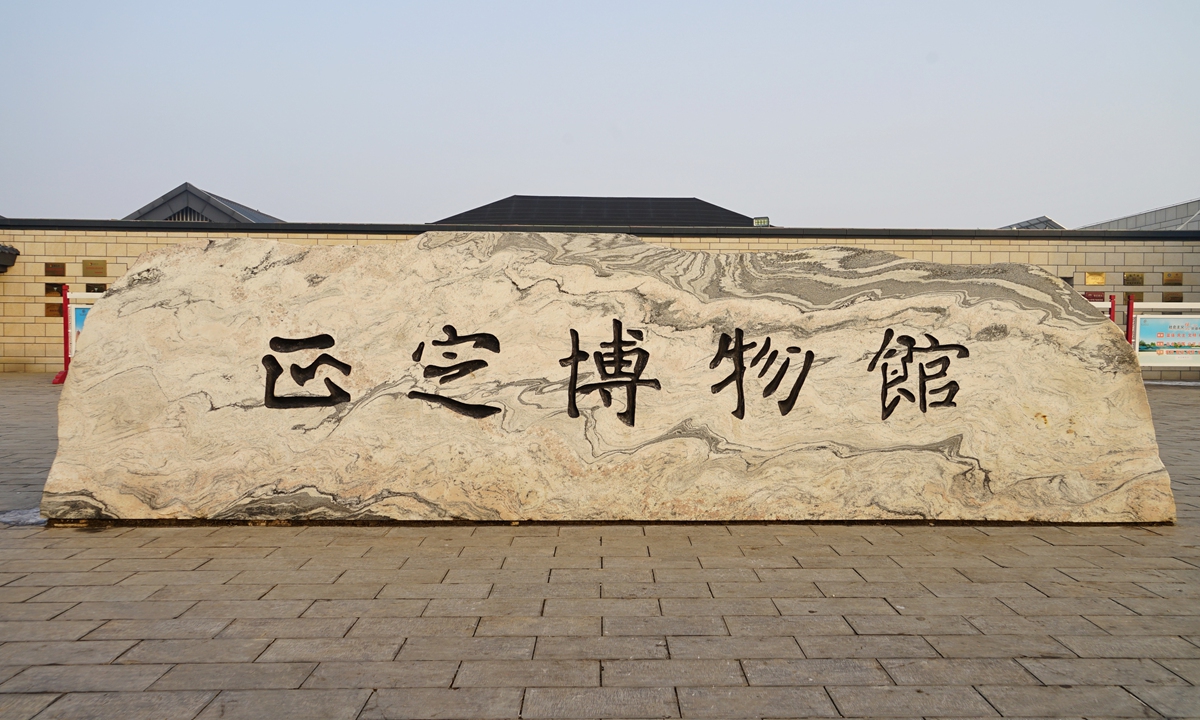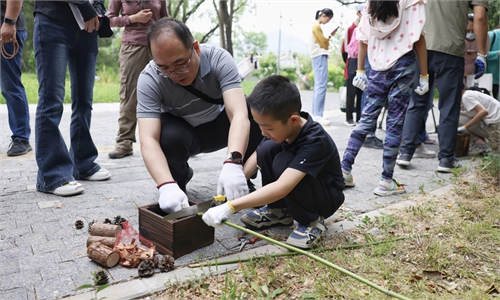ARTS / CULTURE & LEISURE
New exhibition about ancient Lingnan legacy opens in Shijiazhuang

Photo: VCG
About 200 artifacts from the Nanyue Kingdom (203BC-111BC) arrived for the first time in Shijiazhuang, North China's Hebei Province, on Thursday. These artifacts paint a picture of the kingdom's development at the time while showcasing its overseas trade with what is today Guangzhou in South China's Guangdong Province, which made it a significant point along the ancient Maritime Silk Road over 2,000 years ago, the China News Service reported on Thursday.
The Nanyue Kingdom was the local independent authority in the Lingnan area of southern China during the Qin and Han dynasties (221BC-AD220), where it became a pioneer region and start of the "Maritime Silk Road" in ancient China.
The exhibition is being held at the Zhengding Museum in North China's Hebei Province across three sections, illustrating the material culture and lifestyle of the Lingnan region during that period. These include production tools such as iron shovels, hoes, chisels, and hammers, as well as everyday utensils and building materials like pottery tripods, basins and jars.
These artifacts demonstrate how the administrators of the Nanyue Kingdom actively introduced iron farming tools from China's Central Plains, transforming the region's traditional slash-and-burn agriculture and significantly boosting the agricultural economy. The migration of numerous skilled craftsmen to the south led to a breakthrough in the level of handicraft production compared to before the Qin Dynasty (221BC-206BC).
Some of the bricks and tiles with inscriptions from the Site of the Nanyue Kingdom Palace provide information about the official institutions responsible for pottery production, the identities of potters, and their names, reflecting the implementation of the "work mark" system modeled after the Central Plains.
Other artifacts like octagonal stone columns and frankincense are also exhibited as evidence of South China's Guangzhou's active overseas trade activities during the Qin Dynasty and Han Dynasty (206BC-AD220). These artifacts underscore Guangzhou's role as the starting point of the ancient Maritime Silk Road over 2,000 years ago. Notably, the glazed bricks and tiles from the Nanyue Kingdom are among the earliest glazed tiles discovered in China.
Zhao Tuo, the founder of the Nanyue Kingdom, pacified the Lingnan and Baiyue regions after Qin Shi Huang, China's first emperor, unified China. After establishing the Nanyue Kingdom, Zhao laid a solid economic foundation for it.
The exhibition also uses literary sources to vividly recount Zhao's legendary life. It portrays the political and military aspects of the kingdom over a century, illustrating how Lingnan society integrated into the diverse and unified Chinese civilization, and Zhao's contributions to maintaining social stability, ethnic unity, national unification, and promoting the development of Lingnan.



